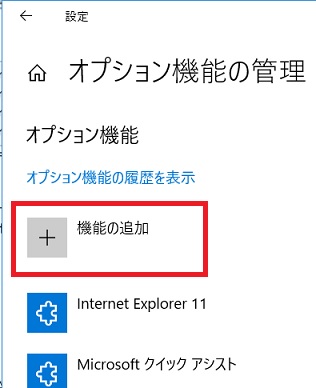
If the client fails to connect to the content share, verify the UNC path is correct and verify the NTFS and Share permissions on the content directory are correct by performing the steps below. On the App-V client, click Start, in the Search or Run line, type the UNC path of the content share (For example: \\appv-svr\content) and then press ENTER. Verify the App-V client can access the content directory. The default location for the Sftlog.txt is %systemdrive%\ProgramData\Microsoft\Application Virtualization Client. Troubleshoot all applications failing to stream

osd file, save the changes and then open the Application Virtualization Client MMC snap-in on the App-V client and refresh the Publishing Server. Verify the protocol, sever name, port and path to the SFT file are correct. osd file and scroll down to the following line:

On the App-V Management Server, open the application. The default location for the Sftlog.txt is: %systemdrive%\ProgramData\Microsoft\Application Virtualization Client. This log file may include additional information that wasn't included in the error message. On the App-V client, review the Sftlog.txt file on the App-V client. Review the Sftlog.txt file on the App-V client. Troubleshoot a single application that fails to stream

Once the scope of the applications affected is determined, perform the steps below that are appropriate for your scenario. The first step in troubleshooting an application failing to stream is to determine if the issue is isolated to a single application or all applications. The error code in the Sftlog.txt will vary. The Application Virtualization Client could not connect to stream URL 'rtsp://appv-svr:554/Application/Application.sft' (rc 19D07F2A-0000274D, original rc 19D07F2A-0000274D). In the Sftlog.txt file, the following error will be logged: If the problem persists, report the following error code to your System Administrator. The specified Application Virtualization Server could not be accessed.

Report the following error code to your System Administrator. The package requested could not be found in the system data store or the files associated with this package could not be found on the server. No connection could be made because the target machine actively refused it. The error message will also include an error description and code like the examples below: The Application Virtualization Client could not launch application name. When an application fails to stream on an App-V client, the application will fail to launch with the following error:
#Proscan client stopped code 1 how to#
This article describes how to troubleshoot virtualized applications in Microsoft Application Virtualization (App-V) that fail to stream from the management server.Īpplies to: Windows 7 Service Pack 1, Windows Server 2012 R2 Original KB number: 2615139 Symptoms


 0 kommentar(er)
0 kommentar(er)
